The early winter sunshine spreads like honey on the hillsides, shining on the vast green acacia and cinnamon forests that are growing strongly, as an affirmation of the diligence and perseverance of the forest planters. The hills of reeds and reeds that were once deserted have now formed a large timber forest - a sustainable source of livelihood for the local people.
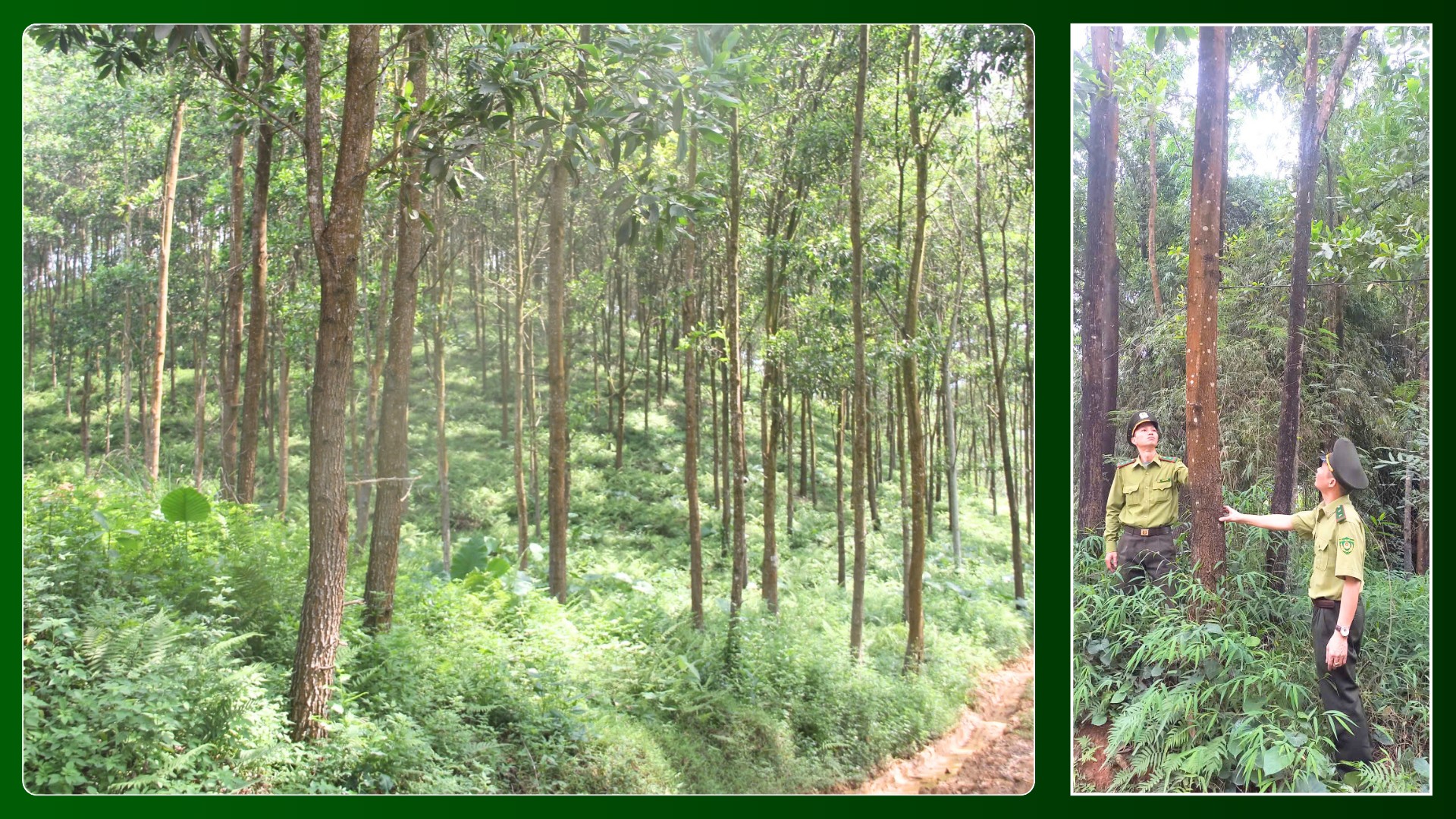
To learn about the journey to get rich of the big timber growers, we went to Huong Giang village, Yen Binh commune. From the village cultural house, going deep into the forest, the asphalt road gradually gave way to a winding slope and a bumpy dirt and rock path. The motorbike groaned and slowly took us through the slippery curves. Each jolt was a reminder of the hardships of the forestry profession, but it was also a testament to the patience of those who are attached to the forest. In the windy space, rows of acacia trees stood straight, their leaves dense, quietly telling the story of a changing forest.
In front of us is the forest of Mr. Luong Van Thanh, a farmer who has lived with the forest for more than 30 years. He squinted his eyes and looked into the distance, speaking slowly and with great experience: “When they saw me planting large timber forests, everyone said I was reckless. They thought that selling the “young” forest to make money was better than waiting for a decade to exploit it. But now looking back, that “risk” turned out to be right, in accordance with the law of development.”

On his 7.7 hectares of forest, Mr. Thanh has dedicated more than 2 hectares to planting large acacia trees. This belief is exchanged for the waiting of someone who knows the weight of sawn timber. He walked to a towering acacia tree, placed his hand on the rough bark, and looked at each ring of the tree trunk to estimate the size of the tree. “This size of trunk is enough. The bigger the forest tree, the greater its value,” Mr. Thanh said.
According to Mr. Thanh, if exploiting 6-year-old acacia trees, the profit will only be about 80 - 100 million VND/ha, but if we persevere for another 2 - 4 years, the value will increase dramatically, reaching about 150 - 200 million VND, or even more. It is not only an economic problem, but also a new way of thinking, shifting from "selling young rice" to "raising long-term capital".

For Mr. Thanh, the forest is not only a livelihood but also a priceless asset to pass on to his descendants. In the Yen Binh afternoon sun, each acacia tree stands firmly, quietly telling the story of a person who dares to “walk slowly to go far”.
Also in Huong Giang village, we met Mr. Cu Minh Tai, one of the pioneers in "raising" large timber forests and has witnessed the entire forest area transform from cogon grass hills and reeds to economic forest plantations.
After many years of "little profit" with a 5-6 year tree planting cycle, after being informed by forest rangers about the economic value of sustainable forests, Mr. Tai made a bold decision to invest time and capital to "nurture" the forest for 14 years.
If you want to grow a large timber forest, you must first take a risk, which means you dare to see the money that is about to come in but then push it away for a few more years. Selling "young" forests will hardly make you rich.
The result of that perseverance is nearly 1 hectare of acacia when exploited, each tree has a trunk girth of up to 90 cm, high quality sawn timber, much more valuable than early exploited forests. The timber output is twice as large, the selling price is also twice as high, can reach 2 million VND/m³. The economic efficiency obtained from nearly 1 hectare of large timber forest is a vivid proof of the vision and ability to "bet" with time of the forest workers.
Discussing the story of planting large timber forests with the local authorities, Mr. Nguyen Duy Khiem - Chairman of Yen Binh Commune People's Committee, did not avoid existing difficulties.
Currently, the movement of planting large timber forests in Yen Binh commune is still spontaneous. People mainly plant small timber forests to exploit after 5-6 years due to limited economic conditions.
However, he emphasized that a shift is taking place as some households with better economic conditions have gradually switched to growing large timber forests to increase economic efficiency. Mr. Khiem pointed out three core drivers promoting the change: Higher economic value, State support policies, especially linking large timber plantations with Sustainable Forest Certification (FSC), helping to increase value and open the door to export.
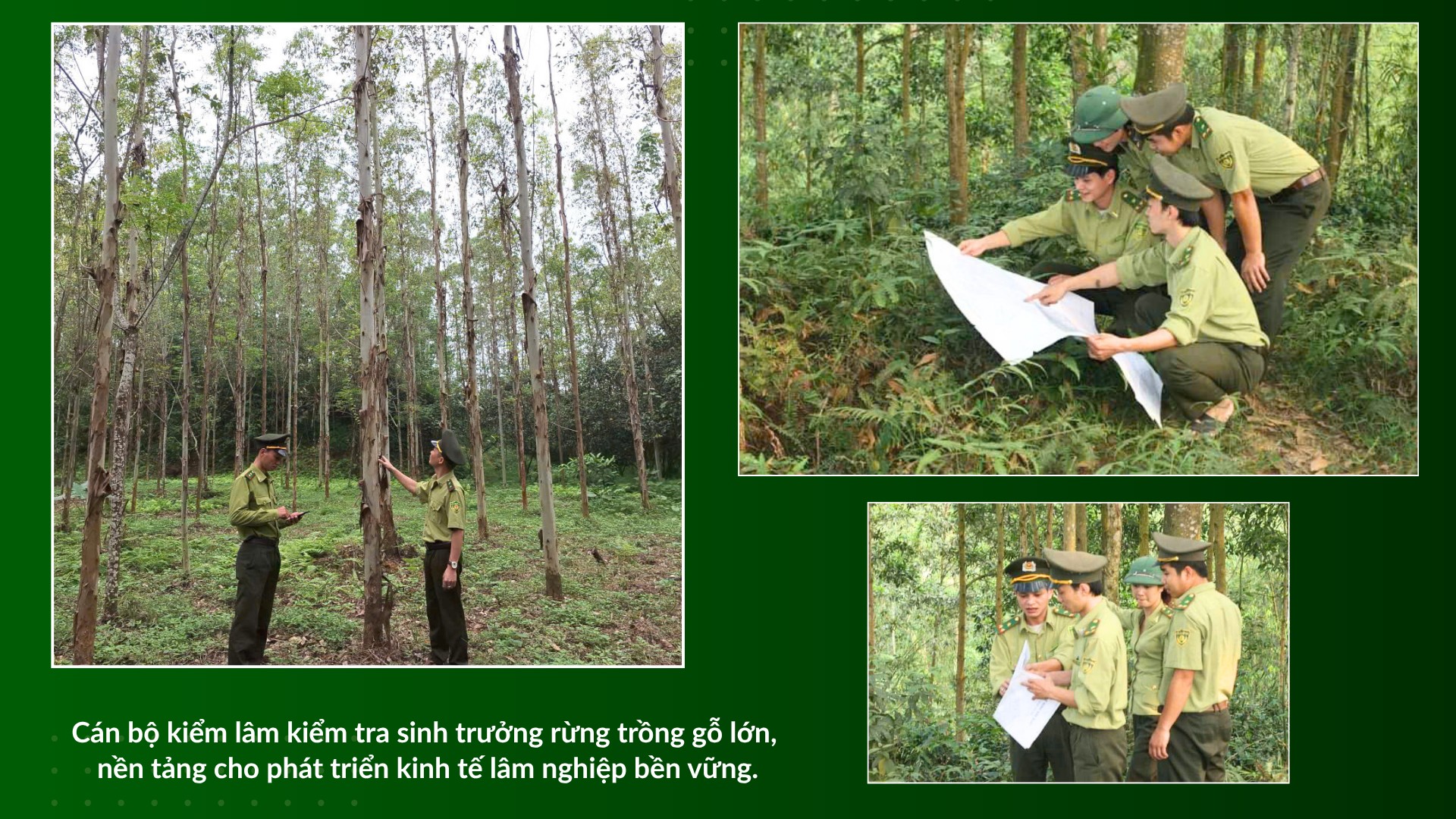
Reality has proven the dual effectiveness, which is to increase income while contributing to environmental protection, preventing erosion and maintaining forest cover. Currently, Yen Binh commune has 758 households participating in sustainable forest management, together protecting the "Green Passport" for the future.
Not only in Yen Binh, Bao Ai commune also has hillsides covered with acacia, linden, cinnamon trees, undulating like waves. 2,672 codes for 2,278 hectares of forest have been issued, helping people to be more proactive in afforestation.
If before the output depended on traders, now people can proactively sell wood to processing enterprises, the price is also higher and more stable. This is an inevitable direction to increase the value of forests and help people improve their lives from the forest.
However, the livelihood paradox still exists behind the vast green forests. The benefits are clear, but many people are still hesitant, they are used to short-term cycles, do not see the value of forest certification, and are still worried about the output of FSC-standard wood. Chain linkage is not popular, and technical support and capital from enterprises are limited. Growing large timber forests requires a long time, while people still have difficulty with capital, and there are also risks of natural disasters and pests.
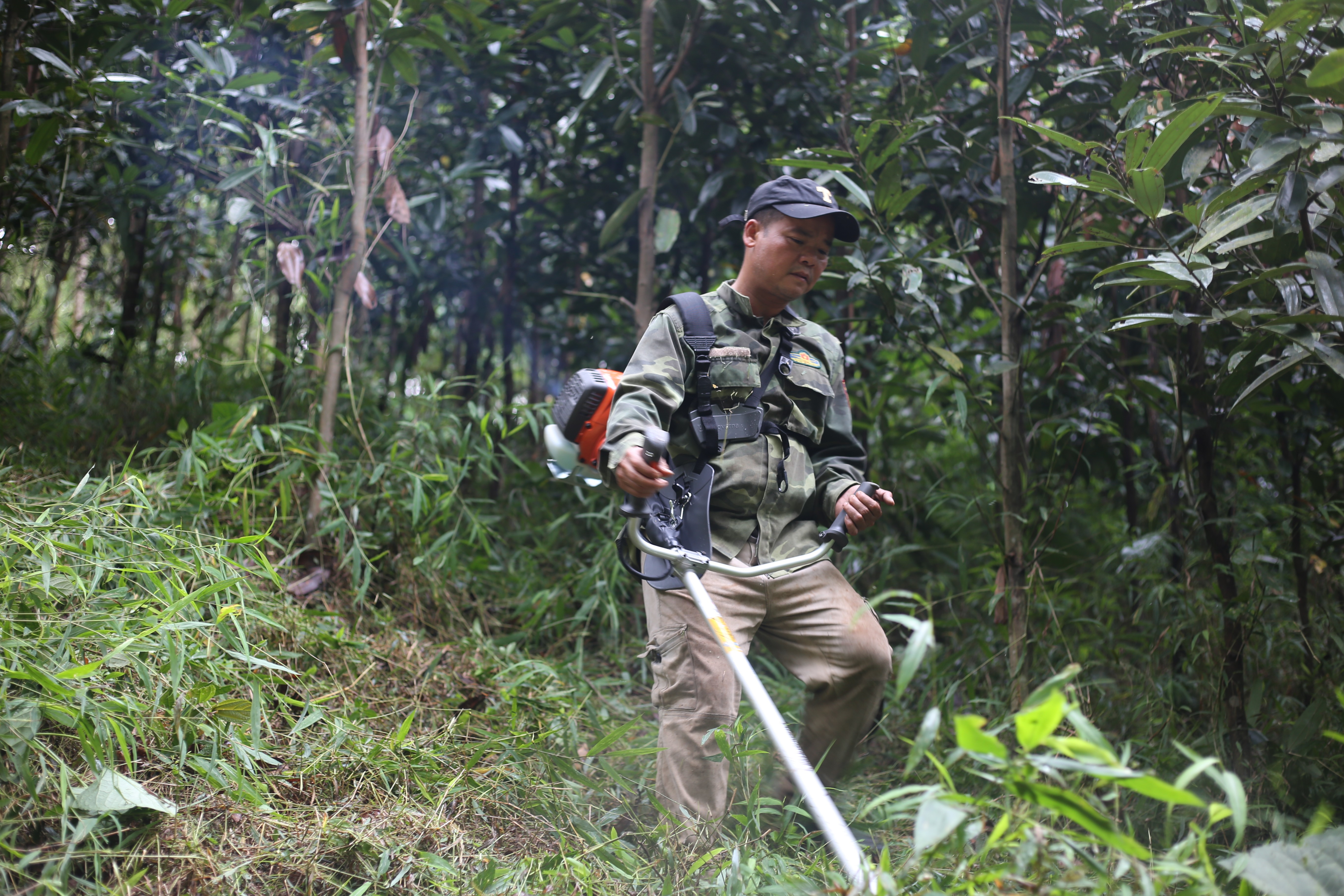
People of Yen Binh commune weed and take care of cinnamon.
But it cannot be denied that, amidst these difficulties, the journey to get rich from large timber forests is still being nurtured every day. From pioneers like Mr. Luong Van Thanh, Mr. Cu Minh Tai, along with the support of local authorities, forests are no longer "land waiting for people", but have become assets, living capital and sustainable belief.
The story of households who firmly believe in the economic efficiency gained from large timber forests continues, carrying with it the enduring hope of forest workers, those who choose to take slow steps to go far, choose to "raise" forests to get rich from the forests.
Source: https://baolaocai.vn/xay-khat-vong-lam-giau-tu-trong-rung-go-lon-post886249.html





![[Photo] Prime Minister Pham Minh Chinh attends a conference to review one year of deploying forces to participate in protecting security and order at the grassroots level.](https://vphoto.vietnam.vn/thumb/1200x675/vietnam/resource/IMAGE/2025/11/12/1762957553775_dsc-2379-jpg.webp)

![[Photo] Highways passing through Dong Nai](https://vphoto.vietnam.vn/thumb/1200x675/vietnam/resource/IMAGE/2025/11/12/1762940149627_ndo_br_1-resize-5756-jpg.webp)




















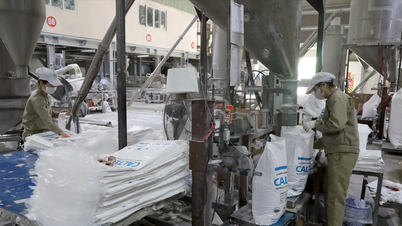








































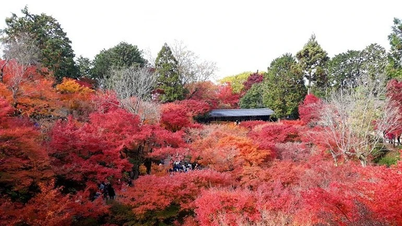














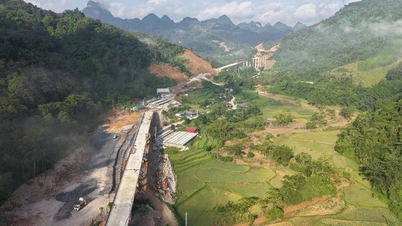
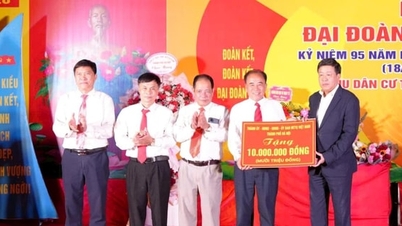








![Dong Nai OCOP transition: [Article 3] Linking tourism with OCOP product consumption](https://vphoto.vietnam.vn/thumb/402x226/vietnam/resource/IMAGE/2025/11/10/1762739199309_1324-2740-7_n-162543_981.jpeg)







Comment (0)